







White Globe collaborates with global partners who require realistic innovation in multilingual communication. We support companies to understand each other, communicate, collaborate, and grow in their businesses. Our global network of linguists consists of native speakers and subject matter specialists who translate your content into the language that your target audience speaks and understands the best.
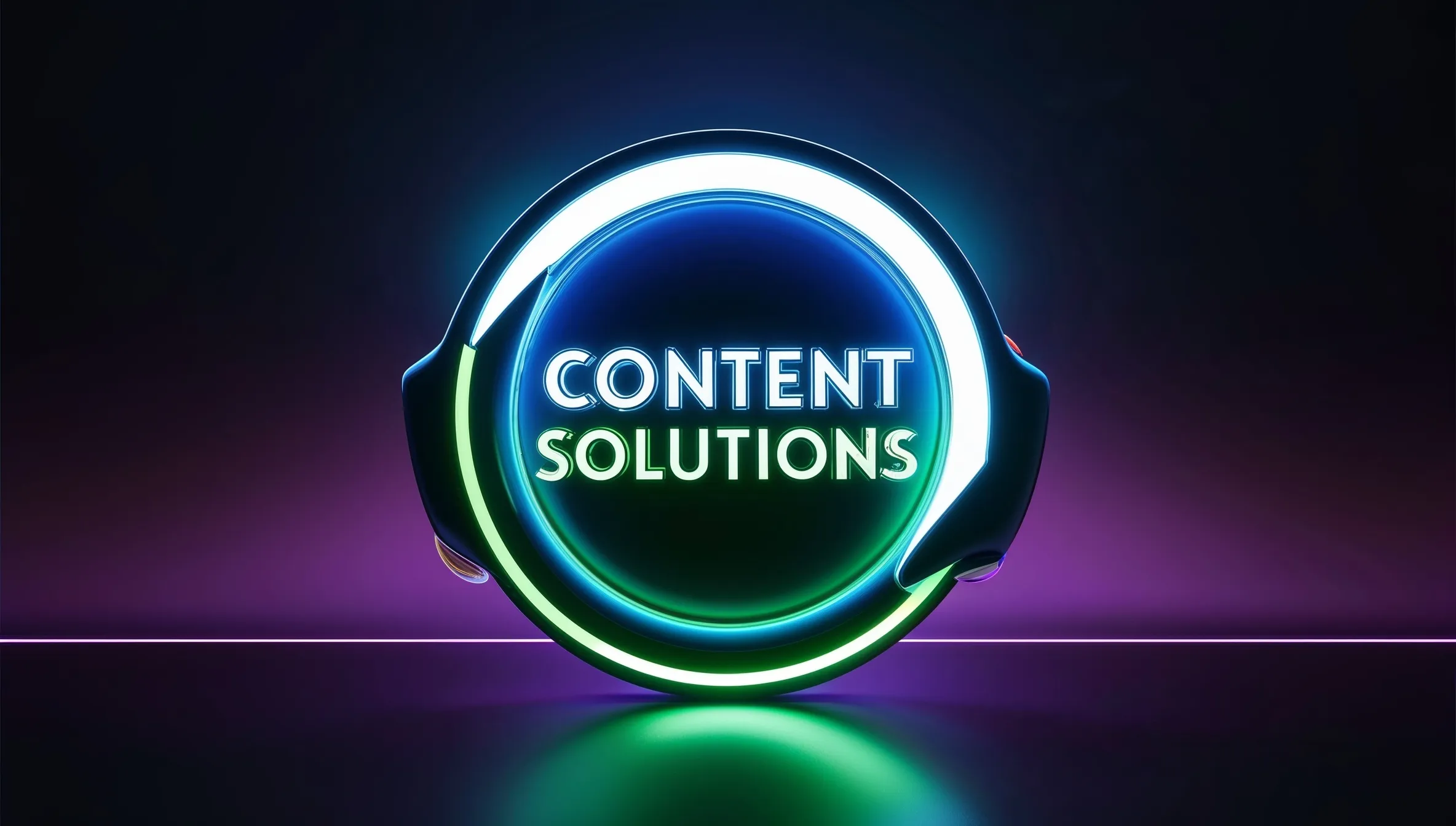
Providing businesses with high-quality 100% original content to enhance growth and communication.
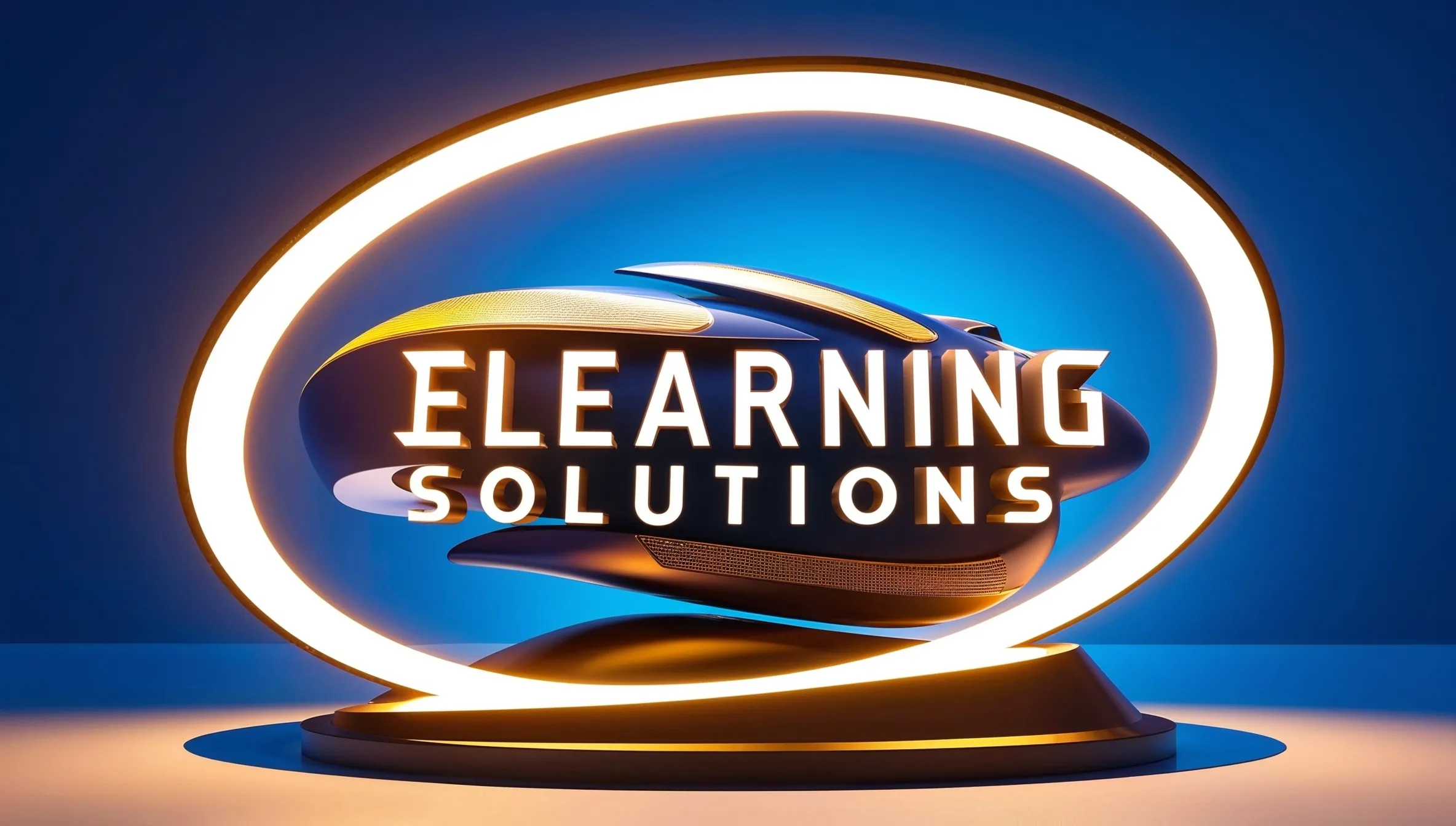
Unlock Global Learning Potential with Tailored Multilingual eLearning Solutions.

Providing a deep understanding of culture and business processes for the global management of the brand & its products.
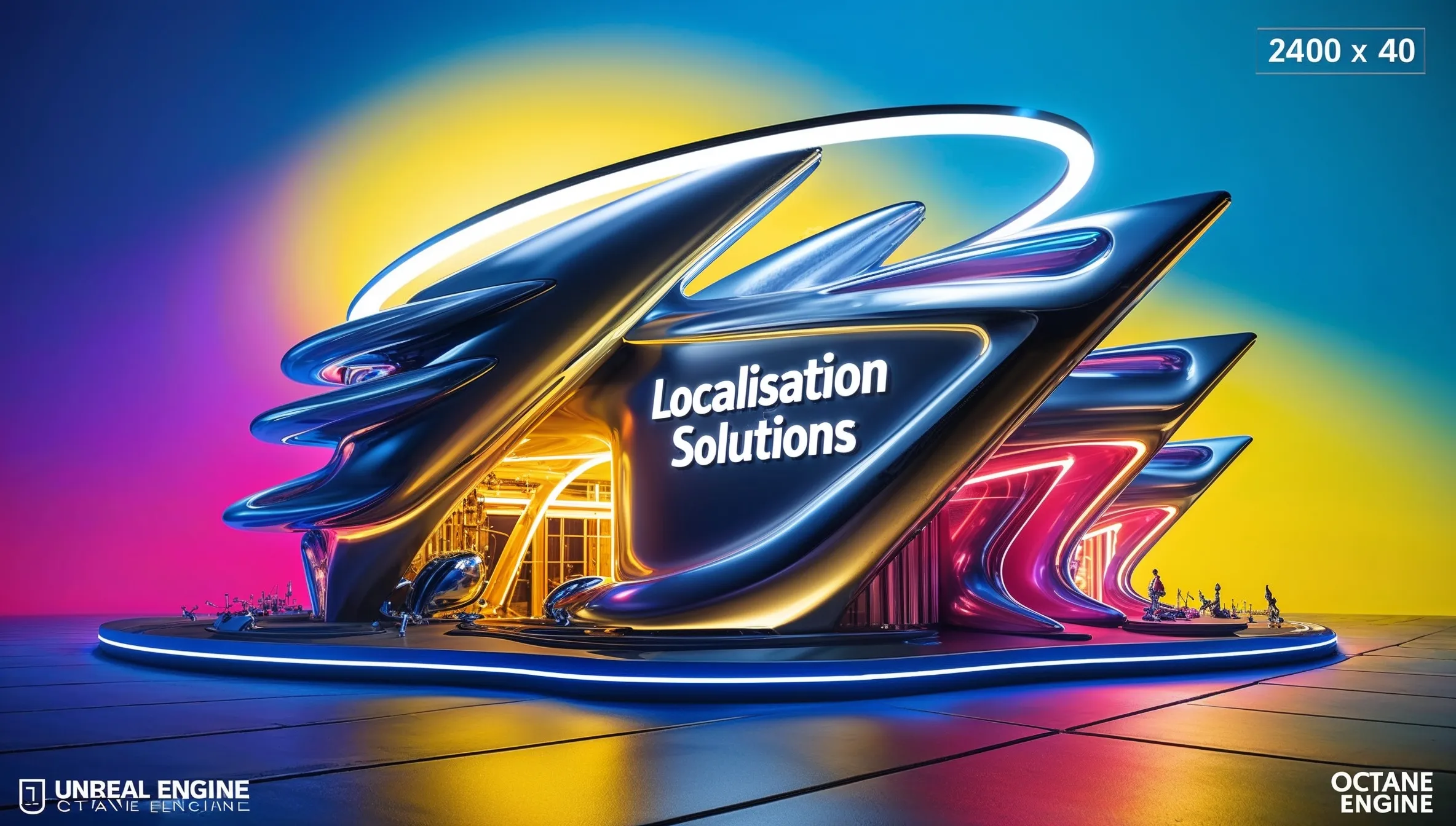
Solutions for serving international markets effectively as your home market.
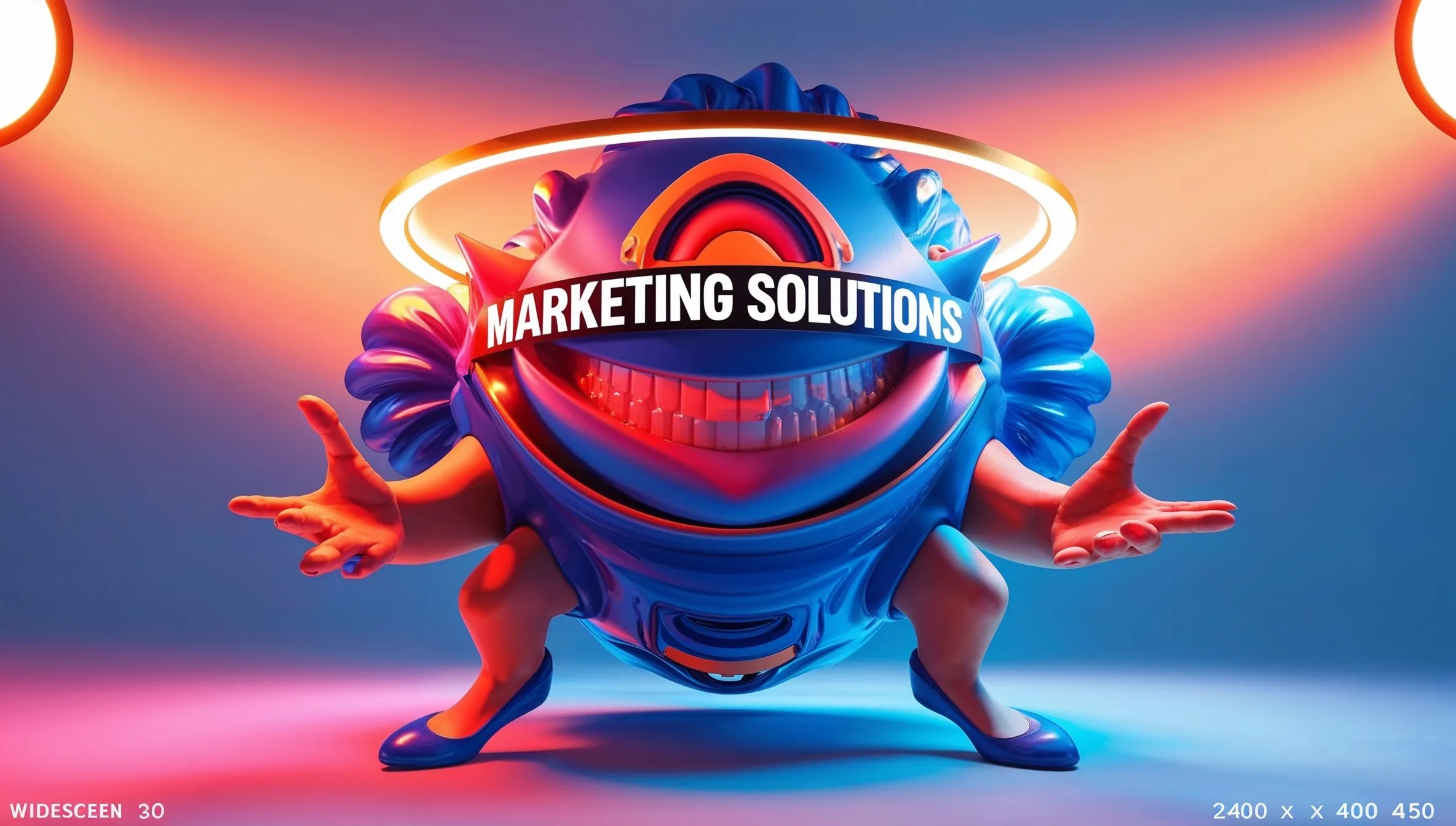
Multilingual & multicultural marketing solutions to maximise the impact and efficiency of your efforts throughout the campaign.

Offering a wide range of multimedia services to make information more appealing and simpler to comprehend.

Expert recruiting teams who provide hand-picked talent to meet your needs.
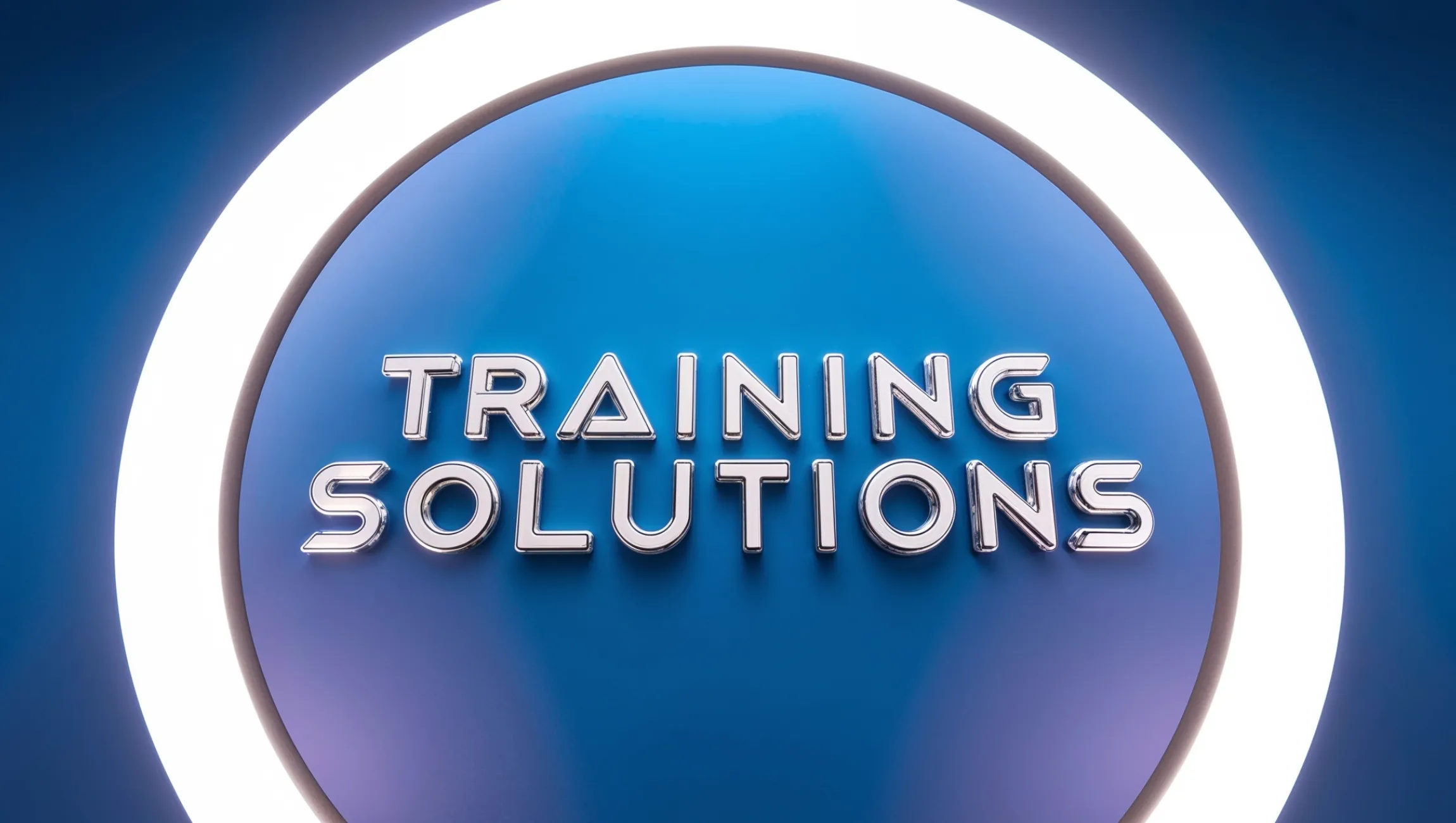
Providing significant expertise in overcoming the challenges associated with building and maximising global workforces.
Solution:
1) Target Audience : Understand who will be using the manuals and their level of technical knowledge. This will help you tailor the content to their needs and avoid unnecessary jargon or complexity.
2) Style Guide : A comprehensive style guide that includes guidelines for writing, formatting, terminology & visuals.
3) Plan Content Structure : Outline the structure of manuals to ensure logical flow and easy navigation. Headings, subheadings, bullet points & numbered lists.
4) Clear & Concise Language : Active voice and simple sentence structures to enhance readability.
5) Visual & Diagrams : Visual aids such as diagrams, illustrations, screenshots, and videos can greatly enhance understanding.
6) Subject Matter Experts : SMEs who possess deep technical knowledge.
Solution:
1) Localisation : Adapt your apps’ content, user interface, and functionality to suit different languages, regions, and cultural norms. Translate all text, including menus, labels, and error messages, into the languages of your target audience. Ensure that the translated content is accurate, culturally appropriate, and contextually relevant.
2) Internationalisation : Design your app with internationalisation in mind from the start. This involves creating a flexible and modular architecture that can handle various languages and cultural requirements without significant code changes. Use Unicode and avoid hard-coding text or other locale-specific information.
3) Cultural Research : Deep understanding of the target cultures and their preferences.
4) User Testing : Thorough user testing with representatives from different cultural backgrounds.
5) Visual Design : Mindful of color choices, symbols, and visual elements that may carry different meanings or cultural significance in various parts of the world.
6) Error Handling : Error messages and notifications that are clear, concise, and easily understandable across different languages and cultural backgrounds.
7) Cultural Sensitivity : Respect cultural diversity and avoid stereotypes or offensive content in your app.
Solution:
1) Embracing Cultural Diversity : Incorporating elements from various cultures into storytelling to make it relatable and appealing to a broader audience.
2) Universal Themes : Focus on universal themes and emotions that resonate with people regardless of their cultural background.
3) Visual Storytelling Techniques: Visual storytelling techniques, such as captivating cinematography, stunning visuals, and compelling production design, can transcend language barriers & engage viewers on an emotional level.
4) Incorporate Diverse Characters : Create diverse and multidimensional characters that reflect different backgrounds, experiences, and perspectives.
5) Subtitles or Dubbing : Provide subtitles or dubbing options to make it accessible to a wider audience.
Solution:
1) Multilingual SEO : Engaging multilingual SEO content for a global audience with a combination of effective SEO strategies and a deep understanding of target audience.
2) Keyword Research : Google Keyword Planner, SEMrush, or Ahrefs to find relevant keywords with high search volumes and relatively low competition.
3) Localisation : Ensuring that cultural nuances, idioms, and colloquialisms resonates with the target audience in each language.
4) Structured Content : Easy to read and understand.
5) Visual Appeal : Images, infographics & videos to enhance the visual appeal of the content.
6) User Experience : Mobile-friendly, loads quickly, and is easy to navigate.
7) Encourage Social Sharing : Making it easy for readers to share content across various social media platforms.
8) Monitor & Analyse : Using tools like Google Analytics to track metrics such as page views, time spent on page, bounce rate & conversions, identify trends and make improvements to your content strategy.
Solution:
1) Specialised Experts : Work with specialised companies offering patent translations with expertise and a deep understanding of patent terminology and legal requirements.
2) NDA Non-disclosure agreements (NDAs) during the translation process
Solution:
1) Specialised Expertise : Requires specialised expertise to ensure accuracy, clarity, and confidentiality.
2) Subject Matter Experts : Technical translations require subject matter expertise, a deep understanding of the technical field related to your content.
3) Technical & Industry Knowledge : Strong command of both the source and target languages, as well as specialised knowledge of technical terminology and industry-specific jargon.
Solution:
1) Maintaining the Author’s Voice : To preserve the author's unique style and voice throughout the translation.
2) Editing & Proofreading : To review the translation for accuracy, consistency, and overall quality.
3) Creation of a Consistent Glossary & Style Guide : A glossary of key terms and recurring phrases in the book. Style guide to establish guidelines for punctuation, formatting, and stylistic choices.
Solution:
1) Localise your content : Adapt your content, including website, marketing materials, and social media, to suit the local language, cultural nuances & preferences of each target market.
2) Translate & Transcreate : Creating your content, adjusting visuals & tailoring your messaging.
Solution:
1) Localisation : Translate all in-game texts, menus, instructions & dialogues into multiple languages. Adapt the localised content to fit cultural nuances and preferences of each language.
2) Cultural Sensitivity : Mindful of Cultural differences when designing characters, visuals, and storylines. Avoiding stereotypes or offensive content that may alienate certain language groups.
3) Language Support : Implementing language settings within the app, allows users to easily switch between languages. Ensuring that all text is adjustable and can accommodate different character lengths to avoid display issues in different languages.
4) Quality Assurance : Thoroughly test the localised versions of the game to identify any translation errors, linguistic inconsistencies, or layout problems. Creating a checklist of items to review for each language to ensure consistent quality across all translations.
5) Ongoing Support : Maintaining an agency to handle localisation updates, bug fixes, and content expansions for different language versions.
6) Compatibility & Performance : Ensure gaming app is compatible with various devices and operating systems commonly used by the multi-lingual audience. Optimising the app's performance to deliver a smooth gaming experience for all players, regardless of their language or device specifications.
7) Community Management : Providing support in multiple languages. Collaboration with Agency offering Native Speakers during the development process. This can help avoid potential linguistic and cultural pitfalls and ensure the game resonates well with each language group.
Solution:
1) Skilled Expertise : Professional quality interpretation requires skilled interpreters, effective planning, and clear communication.
2) Experience & Expertise : Interpreters who have extensive experience and expertise in the specific field or industry relevant to your meeting or conference.
3) Fluency : Interpreters who are fluent in the required languages and possess excellent interpretation skills.
Solution:
1) Language Support : Ensuring language barriers are addressed by providing language support by translating content, language training programs, localising eLearning content.
2) Cross-cultural Training : Cross-cultural training sessions to enhance understanding and sensitivity towards different cultures.
3) Language Training : Error messages and notifications that are clear, concise, and easily understandable across different languages and cultural backgrounds.
4) Localise Communication Channel : To accommodate multiple languages.
Solution:
1) Qualified Legal Translators : Providing qualified legal translators with expertise in legal terminology & concepts.
2) Comprehensive Reference Materials : Necessary source documents are provided including any reference materials, glossaries, or style guides.
3) Translation Memory : TM is provided to enhance consistency, speed & accuracy.
4) Review & Proofreading : Review & Proofreading are conducted by legal professionals.
Solution:
1) Define Requirements : Defining the specific skills, qualifications & experience in a language expert. Languages they need to be proficient in, the level of fluency required & any additional skills or knowledge that may be necessary for the role.
2) Thorough Screenings & Assessments : Assess candidates' language proficiency & cultural understanding. Including written & spoken tests, translation samples & interviews conducted by native speakers or experienced language experts.
Solution:
1) Assess Language Requirements : To determine the languages spoken by your employees & identify the languages in which you need to deliver the training content.
2) Translation & Localisation : To accurately translate & localise the content ensuring that the meaning and context are preserved in the translated versions.
3) Learning Management System (LMS) : An LMS that supports multilanguage capabilities.
4) Language-specific Modules : Training modules or courses specific to each language. To consider cultural nuances and adapt the content accordingly to resonate better with employees from different linguistic backgrounds.
5) Live Translation / Interpretation : Subtitles/CC/Interpretation in multiple languages for live training sessions or webinars.
Solution:
1) Establish Clear Guidelines : Provide detailed guidelines and style guides. Communicate your expectations regarding formatting, punctuation, tone, and any specific requirements related to the content or target audience.
2) Translation, Proofreading & Editing : Thorough proofreading and editing to catch any errors or inconsistencies in the transcriptions, dubbing, or subtitles.
3) Quality Control : Robust quality control process that involves multiple levels of review.
4) Streamlined Workflows : Efficient project management tools, automation, and machine learning technologies.
5) Planning Deadlines Effectively : Plan project deadlines, ensuring there is ample time to deliver high-quality work.
Solution:
1) Target Audience : Understanding the cultural preferences, values & sensibilities of the target audience. Considering factors such as language, religion, traditions & social norms.
2) Cultural Sensitivity & Inclusivity : To avoid using stereotypes, offensive language, or imagery that may alienate or offend certain cultures or communities.
3) Storytelling with Universal Themes : Stories with universal themes that transcend cultural boundaries. Emphasising emotions, values, and experiences that are relatable to people from various backgrounds.
4) Localisation & Translation : Adapting the content for different languages and regions. Including translating dialogue, captions, and text into multiple languages to cater to a global audience.
5) Visual & Design Elements : Attention to visual elements such as color schemes, symbols, and icons that may carry different meanings in various cultures. Choosing designs that are visually appealing and resonate with the aesthetics of the target audience while avoiding cultural appropriation or insensitivity.
Solution:
1) Know Your Audience : Understanding the demographics, cultural preferences, and interests of your target audience.
2) Creating Compelling Content : Develop high-quality, visually appealing videos with a strong narrative or message. To ensure content is relevant, informative, entertaining, or inspiring to capture the attention of your audience.
3)Subtitles or Captions : To address audiences from diverse linguistic backgrounds.
4) Localisation : Adapting your videos to local languages, cultures, and preferences.
5) Engage with Your Audience : Actively interact with your audience by responding to comments, addressing their questions, and incorporating their feedback.
6) Stay Consistent & Regular : To maintain audience engagement, establish a consistent publishing schedule.
Solution:
1) High-Quality, Relevant Content : Valuable and engaging content that caters to the interests and needs of your target audience.
2) Optimise for Mobile : With the increasing use of mobile devices, it's crucial to ensure your website is mobile-friendly.
3) User-Friendly Navigation : Easy for visitors to navigate the website and find the information they are looking for.
4) Personalise User Experience : Utilise personalisation techniques to tailor the content and recommendations based on the visitor’s preferences, location, and past behavior.
5) Utilise Social Media Integration : Integrate social media sharing buttons and encourage visitors to share your content on their social profiles.
6) Optimise for Search Engines : Implement search engine optimisation (SEO) techniques to improve website’s visibility in search engine results.
7) Multilingual Support : Providing translations or multilingual options on the website to cater to a global audience.
8) Measurement & Analysis : User Behaviour Analytics to track and analyse user behavior on your website.
© 2024 WHITE GLOBE GROUP PVT LTD